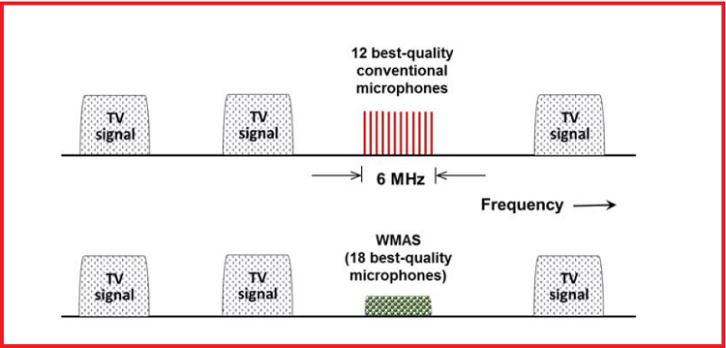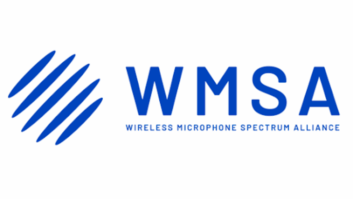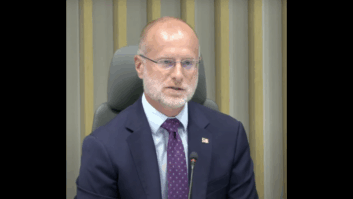
“When a new technology for wireless microphones comes along, it merits a close and careful look.”
That’s what Acting Chairwoman Jessica Rosenworcel said this spring in introducing a proposal to permit the use of Wireless Multi-Channel Audio Systems.
WMAS systems digitally combine multiple mic signals and use a more efficient operating protocol, which results in more mics being able to operate in the available spectrum. Sennheiser filed the original petition requesting the rule change, and other mic companies have given qualified support. Now the commission is taking comment via a notice of proposed rulemaking.
“These systems have the potential to significantly improve the efficiency of wireless microphone operations,” Rosenworcel wrote in April. “So much so, that under the rules we propose here, three times as many microphones may be able to operate while putting the same amount of power over the air as a single wireless microphone does under our rules today.”
She noted that wireless mics are “ubiquitous,” from Broadway productions and small-town theaters to film sets, churches, stadiums and schools. “These airwaves are shared with a range of other wireless services, including broadcasting, aeronautical activities, Wi-Fi and unlicensed operations that use white spaces to expand the availability of broadband. Making sure all of these services can function at the same time without interference is a significant task.”
In 2018 Sennheiser filed a petition asking the commission to allow this use. “WMAS approximately doubles the capacity of a 6 MHz channel for wireless microphones that deliver the best audio quality, and triples the capacity for intercom quality,” it told the FCC then. “Most productions use a mix of device types, and will see improvement between these extremes (and will occupy fewer channels overall).”
Shure subsequently weighed in with support for an NPRM and suggestions of its own for how to go about it, as did Alteros, part of Audio-Technica. Among points of difference are how many mics they think should be allowed per 6 MHz WMAS channel.
The NPRM asks for public comment on allowing WMAS on a licensed basis in frequency bands where wireless mics already are authorized, including the TV bands, the 600 MHz duplex gap and in portions of the 900 MHz, 1.4 GHz and 7 GHz bands. It also explores using the technology on an unlicensed basis under Part 15.
The FCC noted that the technology is permitted in Europe under European Telecommunications Standards Institute standards.
“We do not intend to alter the existing spectrum rights — or expectations regarding access and availability of spectrum — vis-à-vis all the various authorized users, whether broadcast licensees, white space device users, the wireless microphone users themselves, or others, that share frequency bands with wireless microphones,” the commission stated.
Comment deadlines have not yet been set in ET Docket 21-115; they await publication of the NPRM in the Federal Register.







